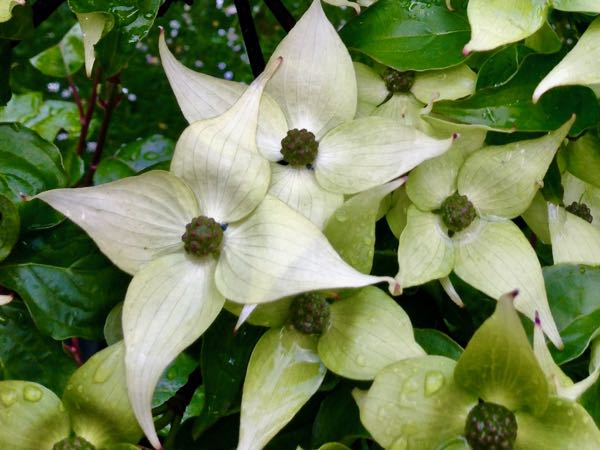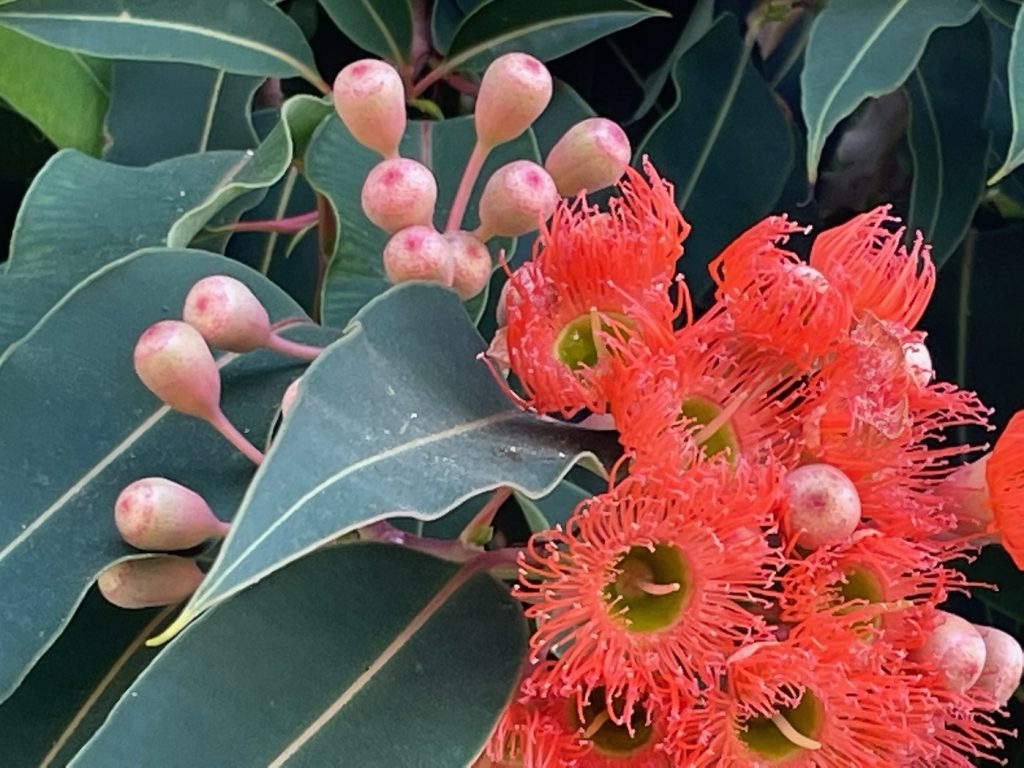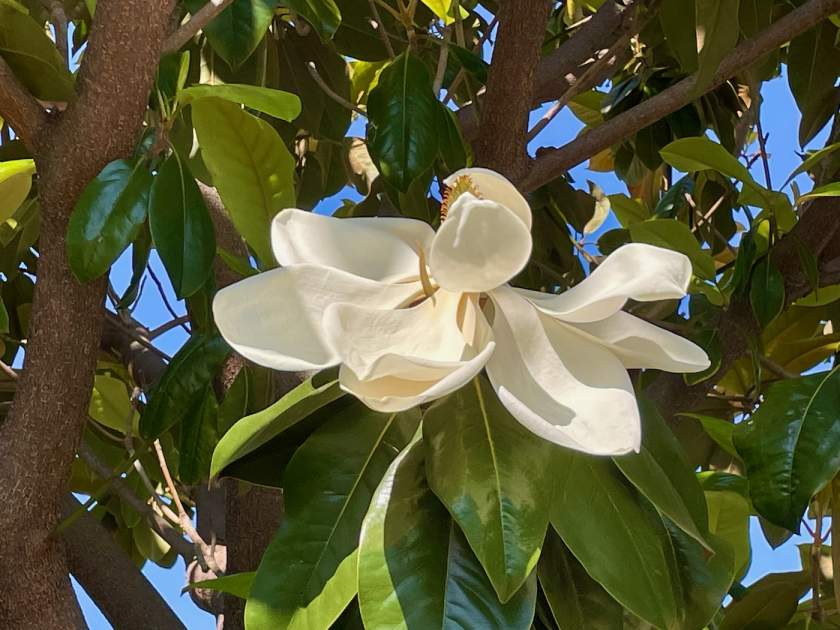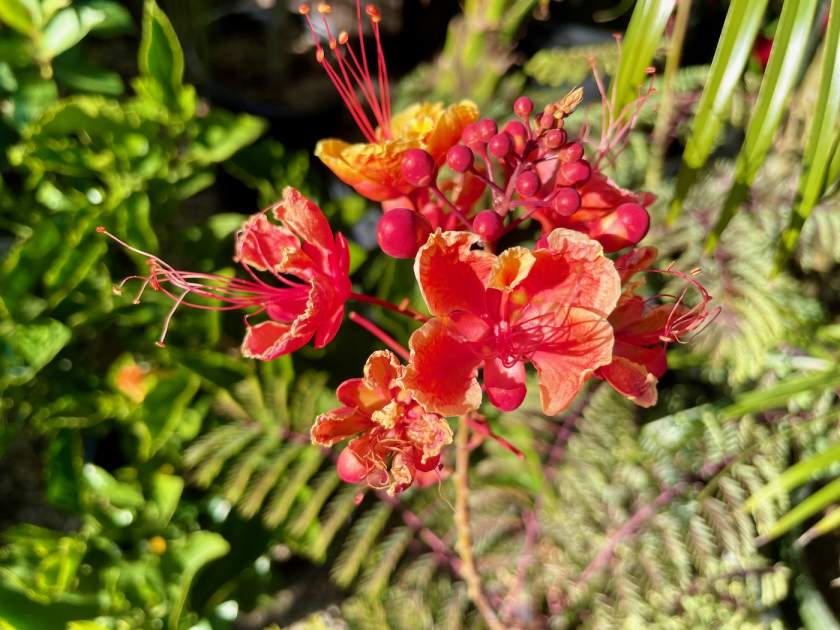Cornus kousa: The Enchanting Kousa Dogwood
Cornus kousa, also known as Benthamidia japonica, Dendrobenthamia japonica, Benthamia japonica, Cornus japonica, Benthamidia kousa, Chinese Dogwood, Korean Dogwood, Japanese Dogwood, Kousa, Szechuan Strawberry, or Kousa Dogwood, belongs to the esteemed Cornaceae family of plants. This small, deciduous tree is native to East Asia and showcases a captivating array of features that make it a beloved addition to gardens worldwide.
Origins and Nomenclature of Cornus kousa
Cornus kousa traces its roots to East Asia, where it thrives in its natural habitat. The tree has earned several common names due to its popularity and regional variations. Its botanical name, Cornus kousa, reflects the Japanese origin of the species, adding a touch of cultural significance to its identity.
Characteristics and Blossoms of Cornus kousa
Cornus kousa presents opposite oval leaves that lend an elegant backdrop to its magnificent blooms. The tree showcases small yellow-green flowers surrounded by four creamy white bracts. These bracts, often mistaken for petals, are the true showstoppers of the Kousa dogwood “flower.” With their narrow points and impressive size of 3-5 inches across, they create a mesmerizing spectacle. The flowering season typically occurs in late spring, delighting observers with its vibrant display.
After the enchanting blossoms fade, Cornus kousa produces intriguing fruit resembling pink and red strawberries. These berry-like fruits can reach a size of 2 inches if left on the tree for an extended period. The fruits are edible and have even been used in winemaking. However, they are primarily enjoyed by birds, making them a natural source of sustenance for local wildlife.
Cultivating Cornus kousa:
To successfully cultivate Cornus kousa and witness its captivating beauty in your own garden, follow these guidelines:
Sunlight: Plant Cornus kousa in a location that receives ample sunlight or partial shade. It thrives under both conditions and adapts well to various light levels.
Watering and Soil: Cornus kousa thrives in humus-rich, well-drained soil. It appreciates slightly acidic soil conditions and benefits from regular watering. Ensure the soil remains evenly moist, but avoid excessive dryness or waterlogged conditions.
Pests and Diseases: Cornus kousa is generally pest-free, making it a resilient tree to cultivate. However, be cautious of cornus anthracnose disease, which can affect the tree’s health. Monitor the tree closely for any signs of disease and take appropriate measures if necessary.
Propagation: Propagate Cornus kousa through semi-hardwood or hardwood cuttings. This method allows for the successful reproduction and expansion of your Kousa dogwood population.
Pruning: When it comes to pruning, it is advisable to wait until the flowers have finished blooming. This ensures that you do not disturb or hinder the tree’s natural flowering cycle.
By following these cultivation guidelines, you can create an enchanting display of Cornus kousa in your garden. This remarkable tree offers year-round interest, with its magnificent blooms, delectable fruits, captivating fall foliage, and exquisite exfoliating bark. Whether you seek to enhance your garden’s aesthetic appeal or provide a valuable food source for birds, Cornus kousa is a delightful addition that will captivate your senses and bring joy to your outdoor space.



Also, read about Cornus capitata



